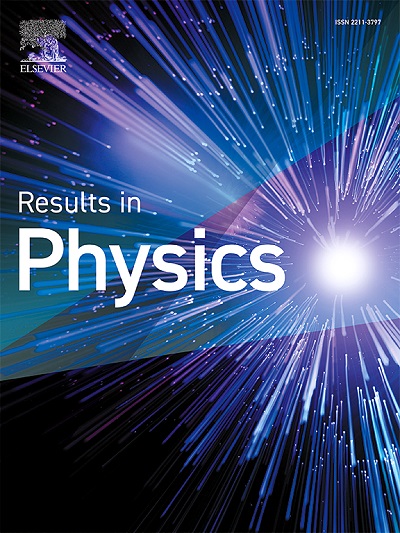Interplay between charge-density-waves, disorder, and superconductivity in transition metal dichalcogenides
IF 4.4
2区 物理与天体物理
Q2 MATERIALS SCIENCE, MULTIDISCIPLINARY
引用次数: 0
Abstract
Transition metal dichalcogenides (TMDs) are a fascinating class of materials known for their various electronic properties and potential applications in nanoelectronics, quantum computing, and energy storage. This review explores the intricate interplay between charge-density waves (CDWs), disorder, and superconductivity in TMDs, highlighting the significant advances made in understanding these phenomena over the past decades. We discuss how doping and external pressure modulate the electronic structure and phase transitions in TMDs, providing insight into the mechanisms driving these changes. The dual role of CDWs and disorder in promoting or suppressing superconductivity is examined, with a focus on the conditions under which superconductivity emerges or is enhanced. This review also covers the latest experimental techniques and theoretical models used to study these materials, emphasizing the synergy between experimental observations and theoretical predictions. The review will present detailed Pressure–Temperature (P–T) Phase Diagrams of TMDs, with a specific focus on three key families: MSe, MS, and MTe, where M represents the transition metal. Each subsection examines how external pressure influences the phase transitions and electronic structures of these materials, providing insights into the pressure-induced modulation of CDWs and superconductivity. Following this, the Doping-Induced Enhancement of Superconductivity in TMDs section investigates how chemical doping can alter the superconducting properties of TMDs. Subsections dedicated to MSe, MS, and MTe delve into the various doping strategies employed, the resulting changes in electronic behavior, and the implications for enhancing superconductivity. By examining past and recent findings, this paper aims to provide a comprehensive understanding of the dynamic relationships between CDWs, disorder, and superconductivity in TMDs, paving the way for future research and technological advancements in this rapidly evolving field.

求助全文
约1分钟内获得全文
求助全文
来源期刊

Results in Physics
MATERIALS SCIENCE, MULTIDISCIPLINARYPHYSIC-PHYSICS, MULTIDISCIPLINARY
CiteScore
8.70
自引率
9.40%
发文量
754
审稿时长
50 days
期刊介绍:
Results in Physics is an open access journal offering authors the opportunity to publish in all fundamental and interdisciplinary areas of physics, materials science, and applied physics. Papers of a theoretical, computational, and experimental nature are all welcome. Results in Physics accepts papers that are scientifically sound, technically correct and provide valuable new knowledge to the physics community. Topics such as three-dimensional flow and magnetohydrodynamics are not within the scope of Results in Physics.
Results in Physics welcomes three types of papers:
1. Full research papers
2. Microarticles: very short papers, no longer than two pages. They may consist of a single, but well-described piece of information, such as:
- Data and/or a plot plus a description
- Description of a new method or instrumentation
- Negative results
- Concept or design study
3. Letters to the Editor: Letters discussing a recent article published in Results in Physics are welcome. These are objective, constructive, or educational critiques of papers published in Results in Physics. Accepted letters will be sent to the author of the original paper for a response. Each letter and response is published together. Letters should be received within 8 weeks of the article''s publication. They should not exceed 750 words of text and 10 references.
 求助内容:
求助内容: 应助结果提醒方式:
应助结果提醒方式:


